Stinking Hellebore
A striking and slightly smelly evergreen perennial in the Ranunculaceae (Buttercup) family. Rather uncommon, but always a lovely find if you look in undisturbed woodland and along hedge bases, usually in the southern half of the UK. Its musky green flowers appear in the depths of winter, even when there is snow about and these are a prolific source of nectar for early bees and insects. All parts of the plant are poisonous to humans though and contain glycosides – symptoms of intoxication include delirium and violent vomiting!
| Hedgerow Type | |
| Common Names | Stinking Hellebore, Bear’s Foot, Dung Wort, Stinkwort, Foetid Hellebore, Setterwort |
| Scientific Name | Helleborus foetidus |
| Season Start | Jan |
| Season End | Dec |
Leaves
This Hellebore has handsome foliage with thick, quite glossy evergreen leaves. The leaves are fan-like (palmate) in shape, with narrow, serrated ‘fingers’. The older leaves become a very much darker green with age and can be quite spiky on the edges. When crushed, the foliage can emit a vile, foetid odour!
Flowers
The flowers are a light green colour and can also be quite pungent, especially if bruised. Appearing from Feb – April, a profusion of flowers appears on branching, fleshy stalks, in large panicles or clusters above the leaves. Sometimes the flower petals are tinged with purple on the edges.
Stem
Sturdy, branching and fleshy, bearing the clusters of flowers. These stalks can reach c80cm in height, although more often than not, they droop to one side of the plant.
Habitat
Stinking Hellebores can most often be found in the southern half of the UK, particularly on chalky or limestone soils. Whilst being most at home in mature woodlands, verges and near old walls and hedgerows, plants can sometimes be found on open sunny banks. Varieties of this Hellebore are also frequently grown as a garden ornamental – escapees can subsequently be found naturalising in the wild, nearby.
Possible Confusion
It’s possible to confuse with the even less common Green Hellebore (Helleborus viridis), but its flowers are flat and open, without any purplish tips to the petals.
Smell
The clue is in the name! Some say it has an aroma of decaying meat.
Frequency
Fairly uncommon, but as it can seed prolifically, can sometimes be found in quite large numbers, where it feels at home.
Medicinal Uses
Stinking Hellebore is a very toxic plant, but it, along with other Hellebores, has been traditionally used as something of a cure all – for anxiety and psychic disorders, for reducing blood pressure and hypertension, as a heart stimulant, and as a purgative and diuretic.
Hellebores were also once used for killing worms and lice in children – unfortunately, the purging was so vehement that it sometimes killed the child as well!
Please note that Hellebore should never be consumed unless under professional medical supervision.
Other Facts
As if it didn’t have a bad enough reputation, Stinking Hellebores, in the Victorian language of flowers, represented malicious slander!
An unusual feature of the Hellebore is the way its seeds are dispersed by snails. The seeds produce an oil-body or ‘elaiosome’ which is strangely attractive to molluscs. Although the beasts munch on the oily part, the rest of the seed remains intact, often sticking to the snails’ slime and being gently transported around the locale to a new resting spot where it can start to grow.
Each Hellebore flower has as many as ten ‘nectaries’, making them unusually inviting to bees and insects. Certain yeasts colonise these nectaries and it’s been found that they actually raise the temperature of the flower, attracting pollinators by increasing the evaporation of volatile organic compounds. It was the first species in which this effect was discovered.

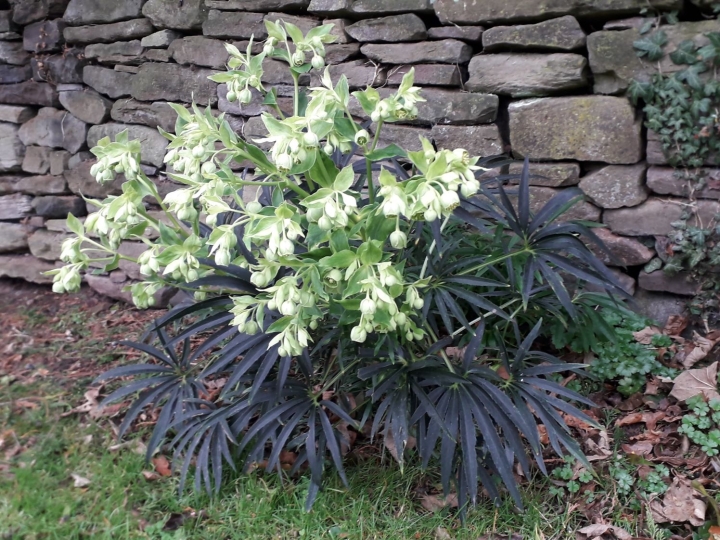















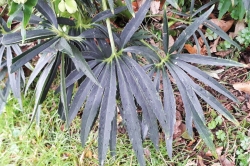
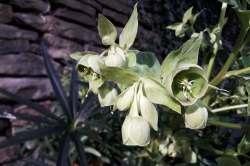
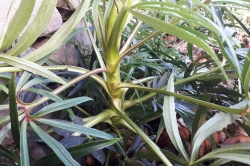
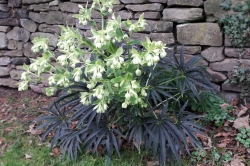
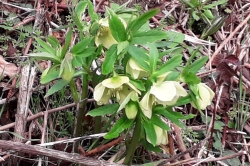




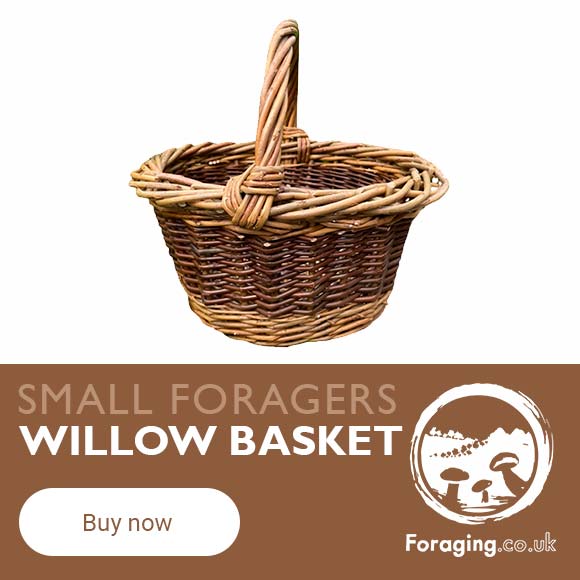

COMMENTS